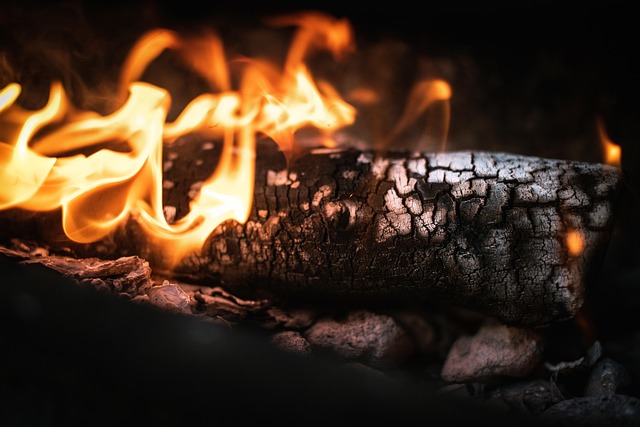Fire damage in Texas homes often leaves subtle yet significant ceiling and structural issues. To successfully navigate insurance claims, homeowners should thoroughly document damage (photos/videos), review policy limits, contact insurers promptly, and stay informed about varying procedures. Essential tips include assessing for structural integrity problems, cleaning affected areas with mild detergent, matching original materials during repairs, patching and priming holes/cracks, choosing smoke-resistant paint, documenting restoration, and keeping records of receipts for insurance claims.
After a fire, restoring your Texas home’s walls and ceilings is crucial. This comprehensive guide offers essential insights for Texas homeowners navigating fire damage restoration. We’ll explore the extent of fire damage to ceilings, dispel myths about insurance claims, and provide practical tips for an effective restoration process. Understanding these steps can help ensure your home returns to its pre-fire condition efficiently and cost-effectively.
- Understanding Fire Damage and Its Impact on Ceilings
- Navigating Insurance Claims for Wall and Ceiling Restoration in Texas
- Tips for Effective Wall and Ceiling Restoration Post-Fire Damage
Understanding Fire Damage and Its Impact on Ceilings

Fire damage can leave devastating effects on homes, particularly on ceilings. When a fire occurs, it doesn’t just burn visible surfaces; it also causes extensive interior damage due to heat, smoke, and water used in firefighting efforts. Smoke particles can infiltrate every corner of a home, leaving behind unpleasant odors and potential health risks for residents. In Texas, homeowners often rely on fire damage insurance claims to restore their properties after such incidents.
Understanding the extent of fire damage is crucial for successful insurance claims. Ceilings, often overlooked during cleanup, may exhibit signs like charring, warping, or discoloration. Water used to extinguish fires can also lead to mold growth if not addressed promptly. Texas homeowners should document these issues through photographs and detailed descriptions before filing a claim. This ensures that the restoration process covers all necessary repairs, restoring both the aesthetic appeal and structural integrity of their homes.
Navigating Insurance Claims for Wall and Ceiling Restoration in Texas

Navigating Insurance Claims for Wall and Ceiling Restoration in Texas can be a complex process, especially after experiencing fire damage. As a Texas homeowner, understanding your rights and the steps involved is crucial to ensuring a smooth restoration process. The first step is to document the damage thoroughly by taking photos and videos of affected areas. This visual evidence will become essential when submitting your fire damage insurance claim tips for Texas homeowners.
When preparing your claim, review your home insurance policy carefully, paying close attention to coverage limits for structural repairs and replacement costs. Be sure to contact your insurance provider promptly to inform them about the fire incident and initiate the claims process. They will guide you through the necessary steps, which may include filing a detailed report and providing relevant documentation. Keep in mind that different insurers have varying procedures, so staying informed and asking questions is vital to navigating this process successfully.
Tips for Effective Wall and Ceiling Restoration Post-Fire Damage

After a fire, restoring your walls and ceilings is crucial for reclaiming your Texas home. Before beginning any repairs, assess the extent of the damage, as this will guide your process. Check for structural integrity issues like bowed walls or uneven floors, which may require professional assistance. Once ready, start with cleaning affected areas thoroughly to remove smoke residue and charred debris. Use mild detergent and warm water, ensuring all surfaces are washed down.
When repairing, consider the materials used originally. If possible, match texture, color, and finish for seamless integration. For ceiling repairs, patch and prime holes or cracks before applying new drywall or plaster. When painting, choose smoke-resistant paint to minimize future issues. Document your restoration process and keep records of receipts for any materials or labor expenses, as these will be valuable when filing a fire damage insurance claim with tips for Texas homeowners.
Fire damage can leave ceilings in need of extensive restoration, but with the right knowledge and approach, Texas homeowners can navigate the process effectively. Understanding fire’s impact, familiarizing oneself with insurance claims procedures, and following expert tips are key to a successful recovery. By prioritizing safety, documenting damage, and working with reputable professionals, homeowners can restore their ceilings to pre-fire condition, ensuring a peaceful return to their homes. These steps empower Texas residents to tackle fire restoration, offering valuable insights for managing both the challenge and insurance claims process.
